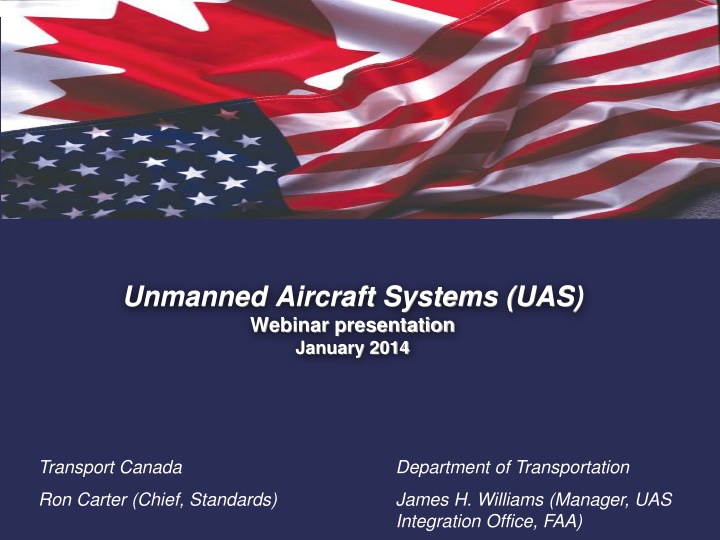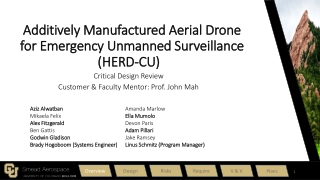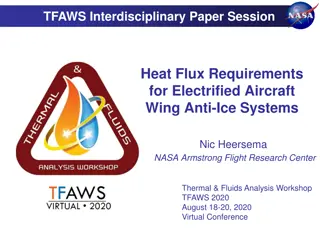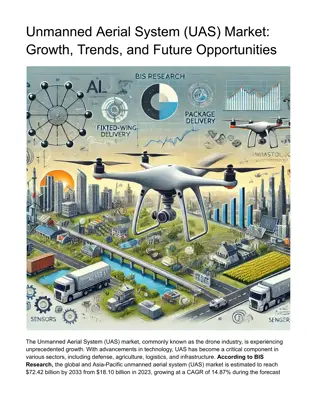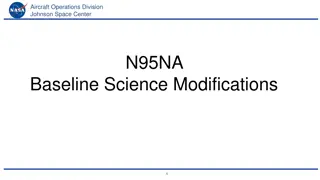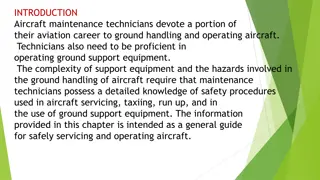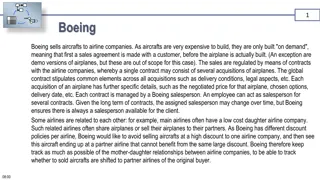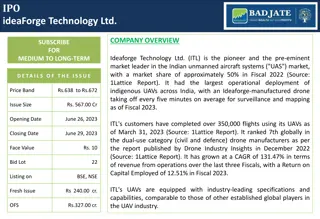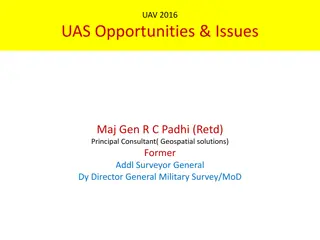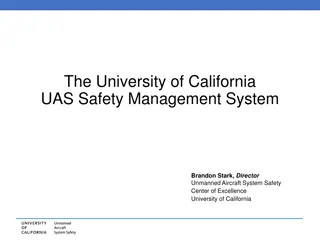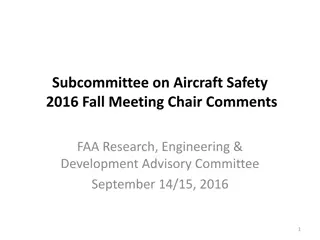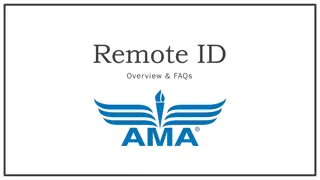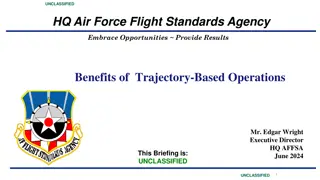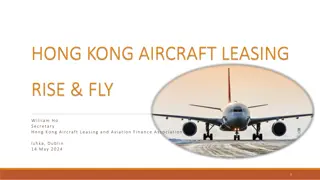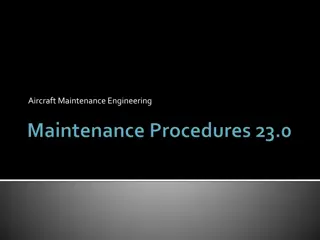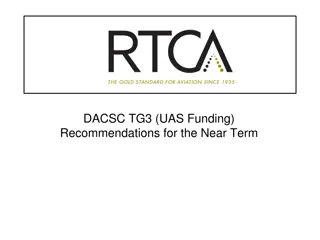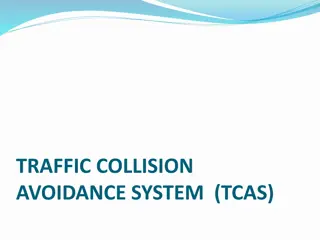Unmanned Aircraft Systems (UAS)
This presentation from January 2014 by Transport Canada and the FAA discusses the progress and key issues in developing a regulatory framework for Unmanned Aircraft Systems (UAS). Topics include the way forward, ongoing alignment work, and progress updates towards harmonization efforts between Canada and the US.
Download Presentation

Please find below an Image/Link to download the presentation.
The content on the website is provided AS IS for your information and personal use only. It may not be sold, licensed, or shared on other websites without obtaining consent from the author.If you encounter any issues during the download, it is possible that the publisher has removed the file from their server.
You are allowed to download the files provided on this website for personal or commercial use, subject to the condition that they are used lawfully. All files are the property of their respective owners.
The content on the website is provided AS IS for your information and personal use only. It may not be sold, licensed, or shared on other websites without obtaining consent from the author.
E N D
Presentation Transcript
Unmanned Aircraft Systems (UAS) Webinar presentation January 2014 Transport Canada Department of Transportation Ron Carter (Chief, Standards) James H. Williams (Manager, UAS Integration Office, FAA) 1.
Content 1. RCC - The way forward 2. Overview of the initiative 3. Key Issues 4. Ongoing alignment work 5. Progress update 6. Next steps 7. Questions 2.
RCC The Way Forward An initial 29 item RCC Action Plan was announced in December 2011. We are now entering the final months of the initial Action Plan. In recent Canada Gazette and Federal Register consultations, Privy Council Office (PCO)/Office of Information and Regulatory Affairs (OIRA) received stakeholder submissions representing 160 organizations. Canada and the US are committed to another phase of work and PCO/OIRA are considering input received with Departments. Canada and the US will develop an outline of a forward plan for regulatory cooperation by the Spring, building on progress to date and lessons learned through the implementation of the initial Action Plan. Both governments plan to engage stakeholders in the development of the next phase of work. 3.
Overview of the initiative Primary objective is to develop long-term systemic mechanisms that eliminate obstacles before they become manifest in regulatory frameworks. Collaborate on UAS regulatory development in order to achieve a mutually supportive and beneficial UAS regulatory framework. 4.
Key issues Awaiting release of the FAA Small UAS Notice of Proposed Rulemaking and the Transport Canada UAS Staff Instruction. will permit a more productive discussion and progress on harmonization efforts. Address proliferation of illegal and dangerous UAS operations. intent is to conduct a co-hosted webinar. 5.
Ongoing alignment work Finalize rulemaking cooperation guidelines to provide a long term regulatory cooperation framework that will allow, as much as possible, the alignment of respective UAS regulatory programs. Discuss recently released FAA UAS Roadmap and Comprehensive Plan on the UAS Path Forward , to evaluate how they may aid in harmonization efforts. Continue efforts to move RCC development work into the international community through the ICAO UAS Study Group. 6.
Progress update Regulators continue to meet cooperatively and avail themselves of opportunities to engage stakeholders. Privacy Webinar conducted in which stakeholders were asked for input and comment into privacy concerns for UAS operations. Transport Canada participated in the Federal Aviation Administration s Arctic commercial UAS operations lesson learned forum, November 2013. 7.
Next steps Once the small UAS Notice of Proposed Rulemaking is released, a more robust conversation can be had regarding harmonization of UAS regulations. - Until that time the regulators will continue to share UAS program experiences. Coordinate a combined webinar to address the increase in illegal/dangerous UAS operations. Continue regular meeting between the regulators and outreach with stakeholders. 8.
Questions Questions to stakeholders -with respect to illegal/dangerous UAS operations that are hurting the industry, do you have any suggestions as to what the regulators and/or industry could do to curb these activities? -provide recommendations on publications or open forums that could be used to spread the word about curbing unsafe UAS operations. 9.
Questions Comments/Questions 10.
